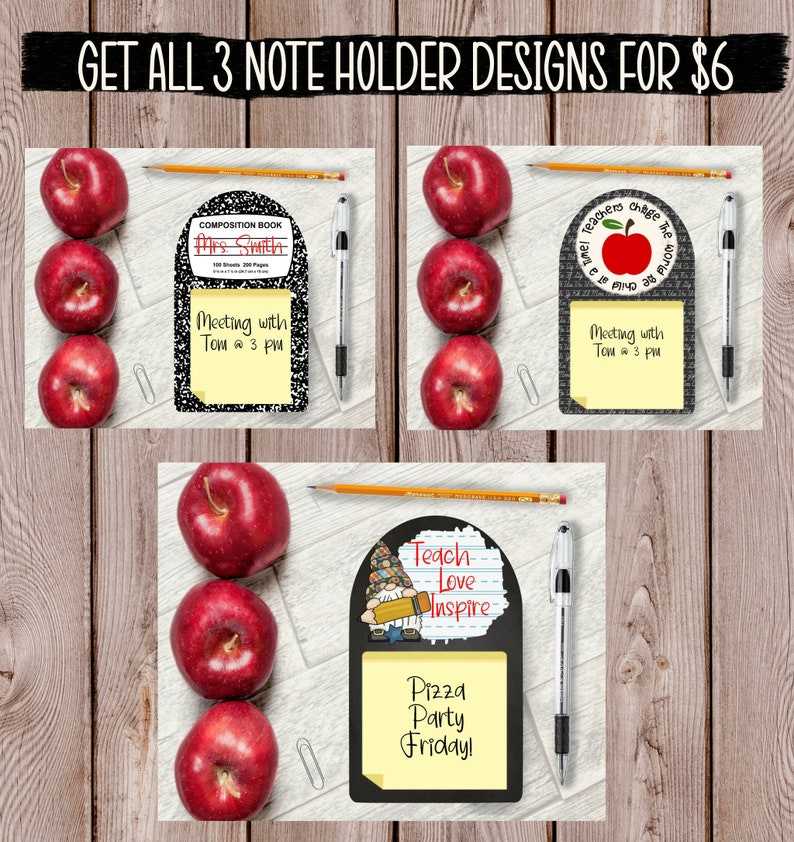In the vibrant world of design, creativity knows no bounds, and one of the most exciting avenues to explore is the realm of SVG graphics. Among the myriad of designs available, book SVGs stand out as a powerful medium for designers looking to celebrate literature or enhance their projects with a touch of storytelling. Whether it’s for educational material, promotional content, or artistic expressions, the versatility of book SVGs can breathe life into any design concept.
Book SVGs offer an engaging way to convey themes of knowledge, imagination, and adventure. With their scalable nature, these graphics retain their quality at any size, making them perfect for both digital and print applications. As designers seek to unlock their creative potential, understanding the art and application of book SVGs can be an essential tool in crafting visually stunning and meaningful designs.
Understanding Book SVGs
Book SVGs are Scalable Vector Graphics that represent book illustrations or designs in a digital format. These files are versatile and can be resized without losing image quality, making them ideal for designers and artists looking to incorporate book imagery into their projects. Book SVGs can be used in various applications, from web design to print media, allowing for creative freedom and easy adaptation.
One of the key advantages of using book SVGs is their ability to customize and manipulate visual elements. Designers can edit colors, shapes, and sizes, tailoring the designs to fit specific themes or branding requirements. This flexibility enables artists to create unique presentations of book covers, illustrations, or related graphics, enhancing the overall aesthetic of their work.
Furthermore, the accessibility of book SVGs through numerous online platforms has transformed how designers acquire and share resources. With a vast array of styles and concepts available, designers can find inspiration or enhance their own creative projects without starting from scratch. The growing popularity of SVG files within the design community underscores their importance and effectiveness in visual storytelling.
Designing Engaging Book SVGs
Creating engaging book SVGs requires a blend of creativity and functionality. Designers should focus on developing visually appealing graphics that resonate with the theme of literature or reading. Incorporating elements like bookshelves, open books, or bookmarks can enrich the design. Using vibrant colors and playful typography can also draw attention and enhance the overall aesthetic. It is essential to consider the context in which these SVGs will be used, ensuring they capture the intended audience's interest.
Another important aspect of designing book SVGs is simplicity. Free Book SVG and minimalistic designs often translate better to various applications, especially for web use or printing. This approach ensures that the SVGs are easily recognizable at different sizes and resolutions, making them versatile for various projects. A well-balanced design can effectively communicate the desired message without overwhelming the viewer, allowing the book elements to shine through.
Furthermore, incorporating interactive elements into book SVGs can elevate user engagement. Designers can experiment with hover effects or animations that unfold pages or highlight specific features when users interact with the graphic. These touches can make the SVGs more dynamic and enjoyable, encouraging users to explore and connect with the content. Ultimately, thoughtful design choices will lead to book SVGs that are not only functional but also captivating.
Best Practices for Using Book SVGs
When incorporating book SVGs into your design projects, it is essential to select high-quality files that maintain clarity and detail when resized. Opt for SVGs that are well-drawn and free from pixelation, as this ensures your designs appear professional and polished. Checking the licensing of the SVG files is crucial as well, to ensure compliance with copyright regulations and to avoid any legal issues.
Another vital practice is to customize the SVG elements to suit your specific design needs. While using pre-made book SVGs can save time, personalizing them by adjusting colors, shapes, or adding additional design elements can create a unique and engaging appearance. This customization enhances brand identity and makes your work stand out from others utilizing generic SVGs.
Finally, keep in mind the placement and context of the book SVGs within your overall layout. Consider how the SVG interacts with surrounding text, images, and other graphic elements. Ensuring that the book SVG complements the overall design, rather than overwhelming it, will create a cohesive and visually appealing composition that resonates with your audience.

